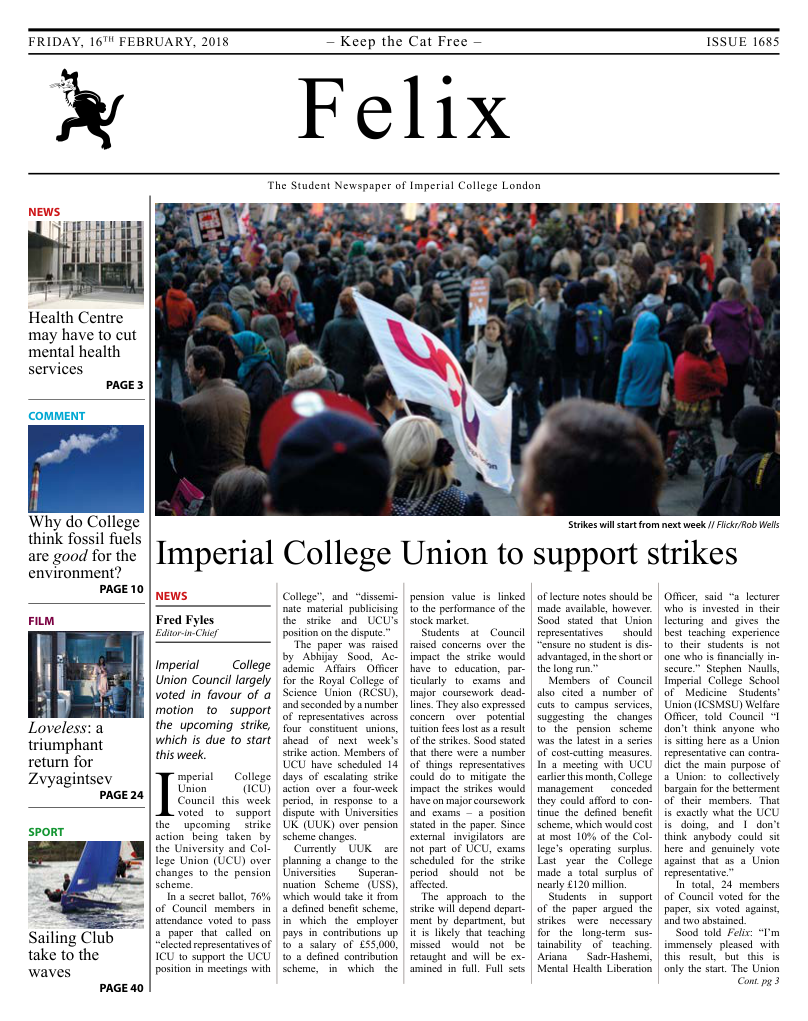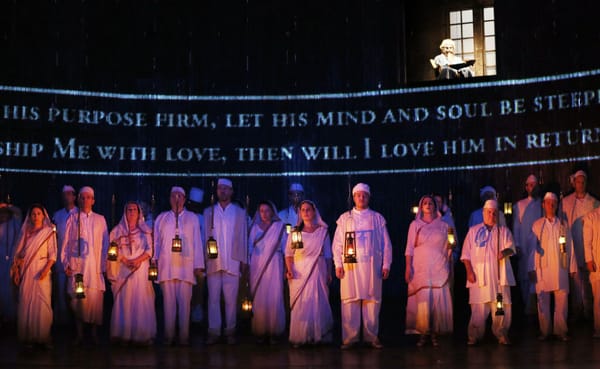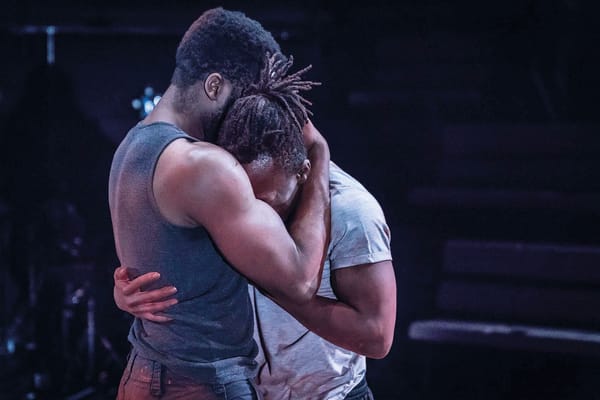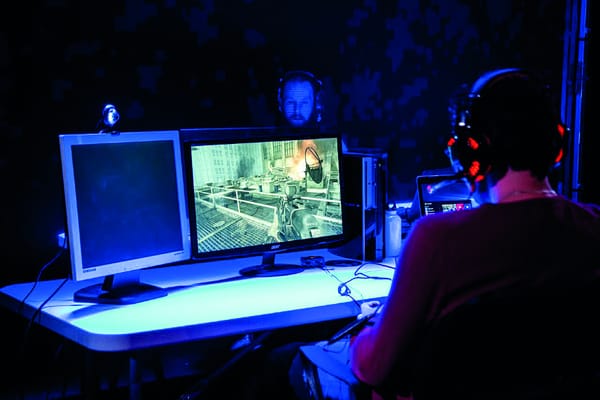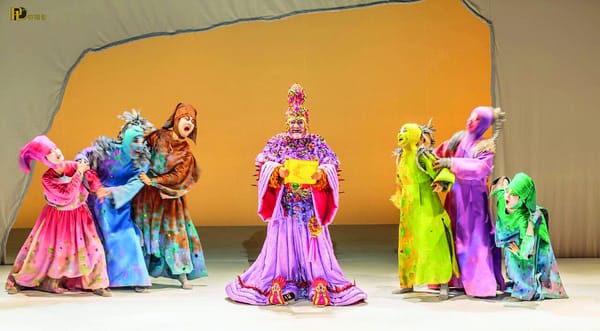Van Dyck, Rubens, and Raphael from Charles I’s collection reunited
Our writer is blown away by the power of the vast riches once owned by the 17th century monarch

Charles I left an astonishing artistic legacy as one of the most knowledgeable and distinguished art patrons in the history of Europe: “the greatest amateur of paintings among the princes of the world”, according to Rubens. He displayed little in the way of political artistry, however, and the tumultuous times he lived in caused him to pay with his life. Soon after his decapitation, the hard-acquired objects of power and wealth in his collection were dispersed around the continent.
Now, more than three centuries later, an ambitious project has reassembled one of the greatest art collections in history. Walking through rooms hung with enormous tapestries and painted masterpieces – human achievements of powerful and marvellous beauty and detail – it is difficult to imagine that such vast riches were brought together under the possession of one man, and yet, they represent only a fraction of the collection.
The long-gone king hangs amongst his Raphaels, Mantegnas, and Rembrandts, remembering the glorious years of his ambitious past, but his belief in his own infallibility is frozen in time by the genius of Van Dyck.
‘The Supper at Emmaus’ by Titian is the work which moved me most in the gallery. Jesus has just revealed his identity to two disciples after his resurrection; he sits between them, half of his face in shadow, and his gaze goes out to eternity. The body of the man on the left is thrown back in an expression of astonishment: the realisation of his fellow pilgrim’s true identity hits him with physical force and he is filled with awe. But the man on the right is suddenly filled with the instinct to venerate; already his hands are joined in worship and his eyes downcast, his own sense of self cast off by the spiritual intensity of the scene. The most spectacular rooms are those which host the monarch’s family portraits, which are some of the most iconic of all British royalty. The royal couple exchanging tokens side by side, Henrietta Maria dressed in the latest fashion of the day with her white hand rustling the fabric of her dress; the restrained attitudes of the royal children in their silk and satin finery... There history breathes, and past splendour awakens to daze modern eyes.
Dukes and court ladies who once sat for Holbein find themselves exposed to the inquisitive looks of visitors; the light that once shone in an eye, the curve of someone’s nose or chin – the flesh that once was – is immortalised in two dimensions by a precise, almost omniscient, stroke. In the same darkly lit room are miniatures, equestrian statuettes, precious medallions.
Elsewhere, the loose, swirling brush strokes of Rubens and Gentileschi cast an atmosphere of baroque sensuality into the room. Enormous canvases hang bursting with flesh, draperies and pearls, the vivid lustres of the colours delighting in the parting of anguished lips or in a lover’s touch.
Throughout his life Charles believed in the divine right of kings. This spiritual belief found expression in magnificent displays by court painters such as Rubens and Mytens, which at the same time served the king’s ambition of creating an authoritarian, God-like image of himself that would be looked upon with fearful respect. But it was Van Dyck who served his patron’s image the best out of all the others, and whose portraits say to you: you are not worthy of the impassive eyes which gaze past you in assurance; the king is too certain of the order of the world, and of his place in it – an expression which is not easy to forget.
The power of art as a diplomatic weapon and the role it played in Charles’ reign can be see in representational paintings such as Rubens’ ‘Landscape with St George and the Dragon’, where the features of St George are none other than those of King Charles, the saviour of his people. The painting served to symbolically project Charles’ authority and legitimacy through the chivalrous ideals of virtue and martial prowess, using the allegory of St George slaying the dragon.
The exhibition contains great works by prestigious masters but what is predominantly striking is their historical allure seen through Charles’ reign, whose artistic legacy remains to impress us today – all the more so through Van Dyck’s deeply psychological portraits that bring the personality of the man so vividly to the present.
Charles I: King and Collector
5 Stars
Where? Royal Academy When? 27th Jan – 15th April How Much? £20; £12 Students

